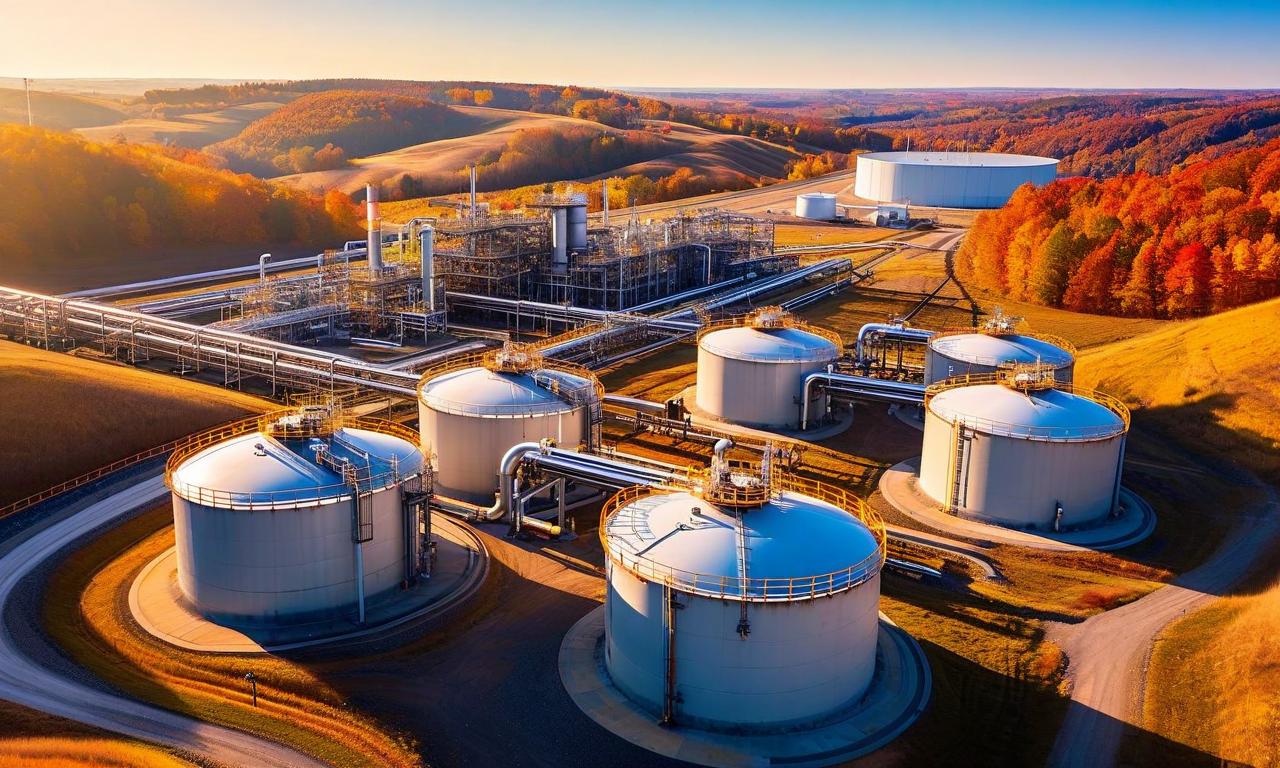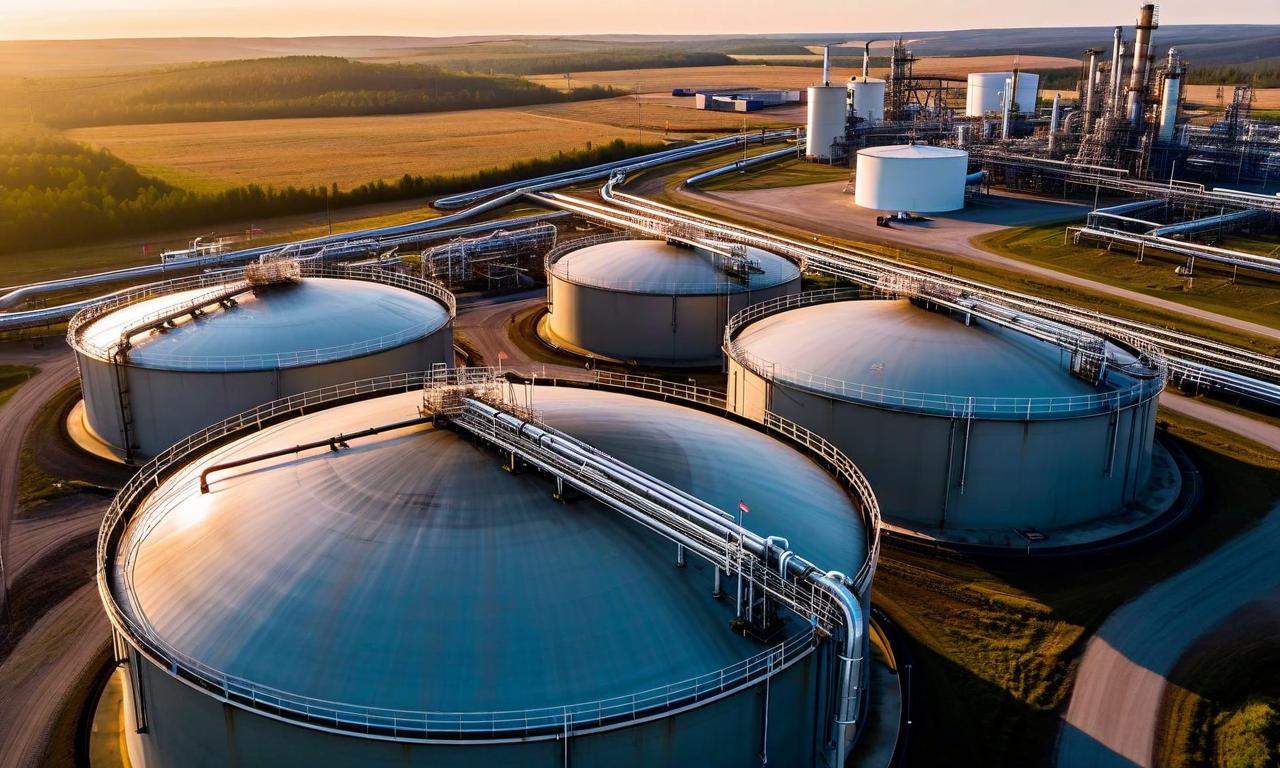U.S. Natural Gas Storage: An Overview
Natural gas storage plays a vital role in the U.S. energy sector, balancing supply and demand, ensuring energy security, and stabilizing prices. It allows for stockpiling during low-demand periods for use in peak consumption times. Current storage levels impact price stability, supply reliability, and production decisions. Geopolitically, U.S. natural gas storage influences energy independence, export capabilities, and global market dynamics. Ongoing monitoring of storage levels is crucial for energy sector stakeholders and policymakers.

*this image is generated using AI for illustrative purposes only.
Introduction
Natural gas storage plays a crucial role in the U.S. energy landscape, influencing both domestic energy markets and global geopolitical dynamics. This overview aims to provide insights into the current state of U.S. natural gas storage, its implications, and recent developments.
Importance of Natural Gas Storage
Natural gas storage is essential for balancing supply and demand fluctuations, ensuring energy security, and stabilizing prices. It allows for the stockpiling of gas during periods of lower demand, typically in warmer months, for use during peak consumption periods, such as winter.
Current Storage Levels
As of the latest available data, U.S. natural gas storage levels stand at [specific amount]. This represents [increase/decrease] compared to [previous period].
Market Implications
The current storage levels have several implications for the energy market:
- Price stability
- Supply reliability
- Impact on production decisions
Geopolitical Considerations
U.S. natural gas storage also has broader geopolitical implications, including:
- Energy independence
- Export capabilities
- Global market influence
Conclusion
Understanding U.S. natural gas storage is crucial for assessing the country's energy landscape and its global position in the energy market. Continued monitoring of storage levels and their implications will be essential for stakeholders in the energy sector and policymakers alike.





























